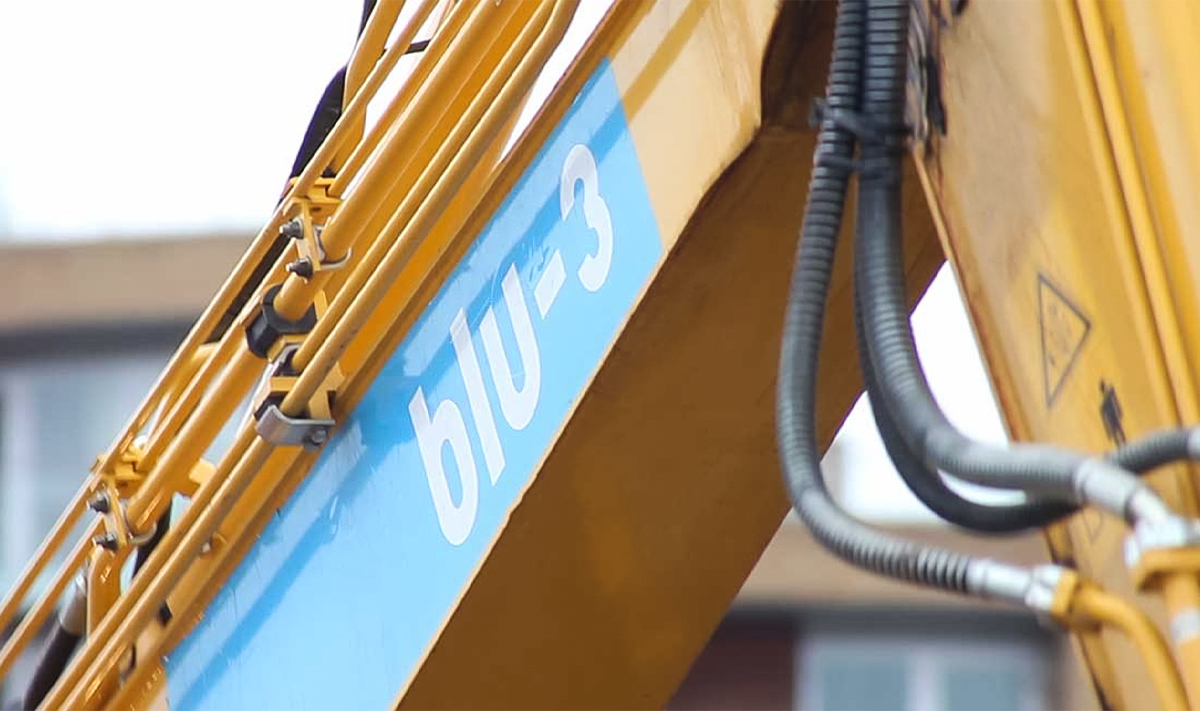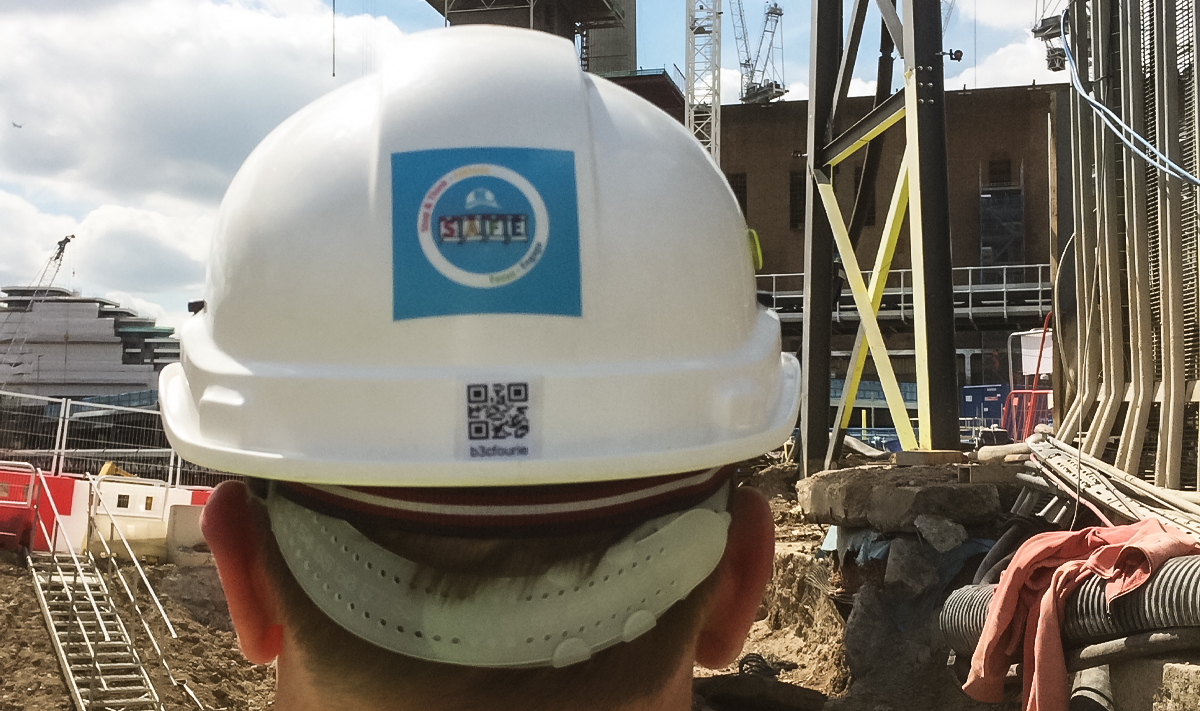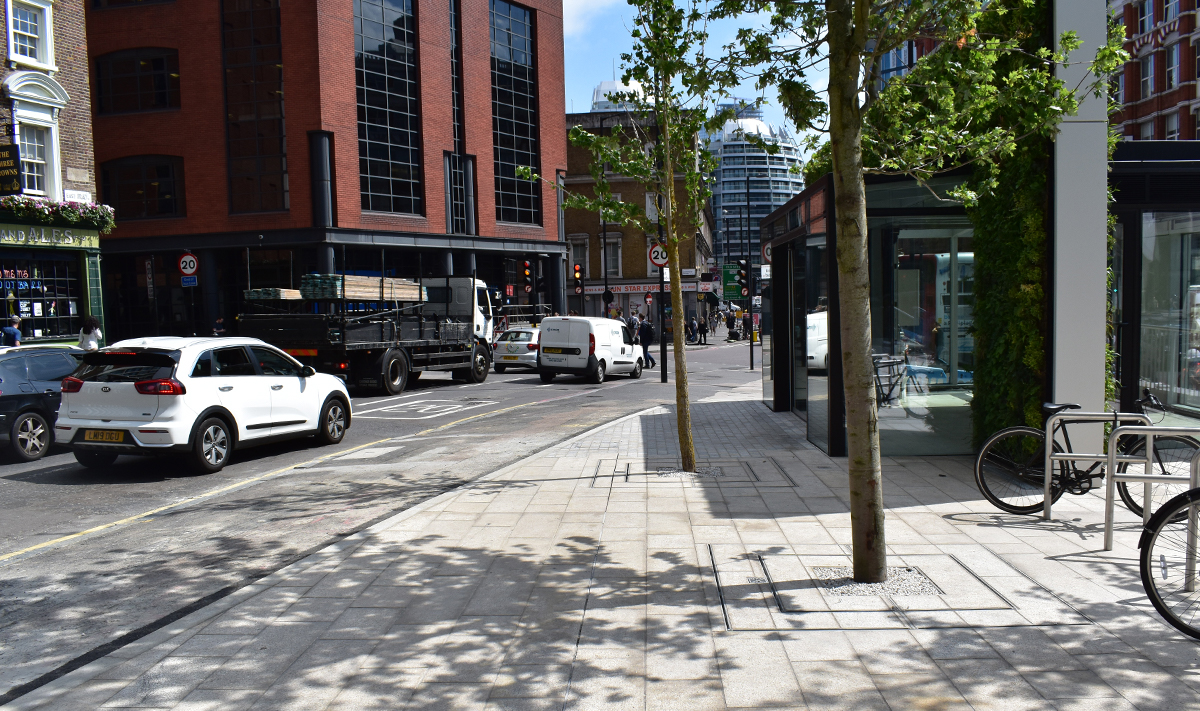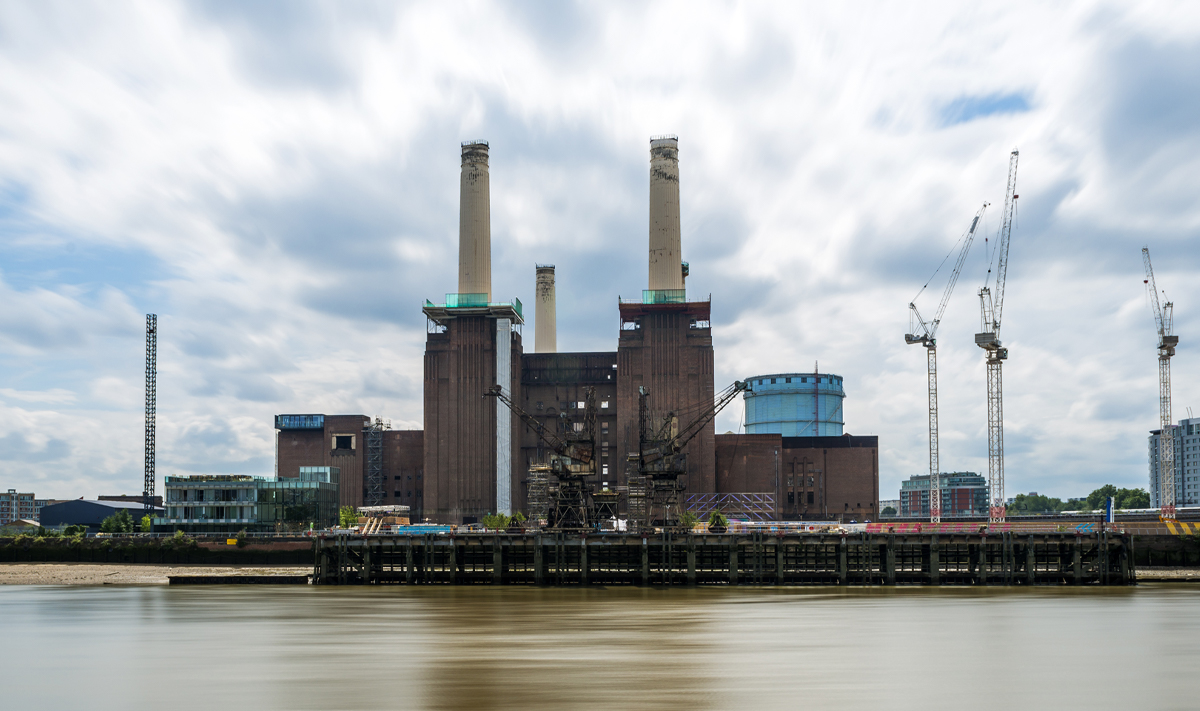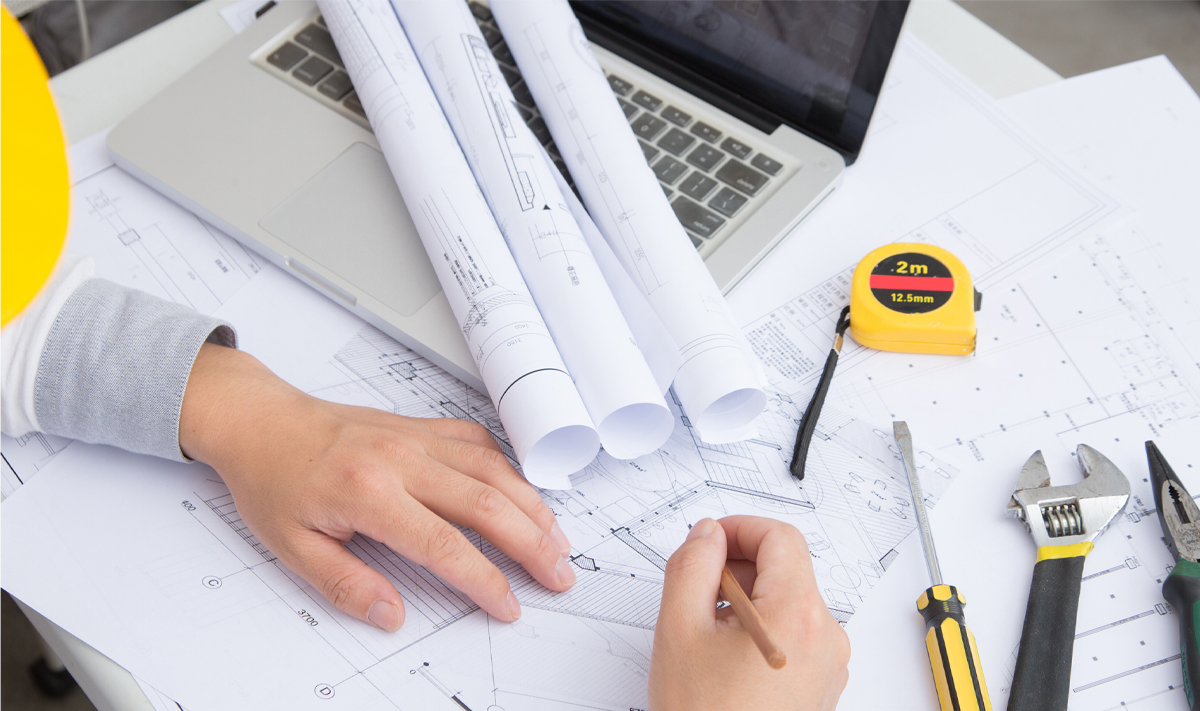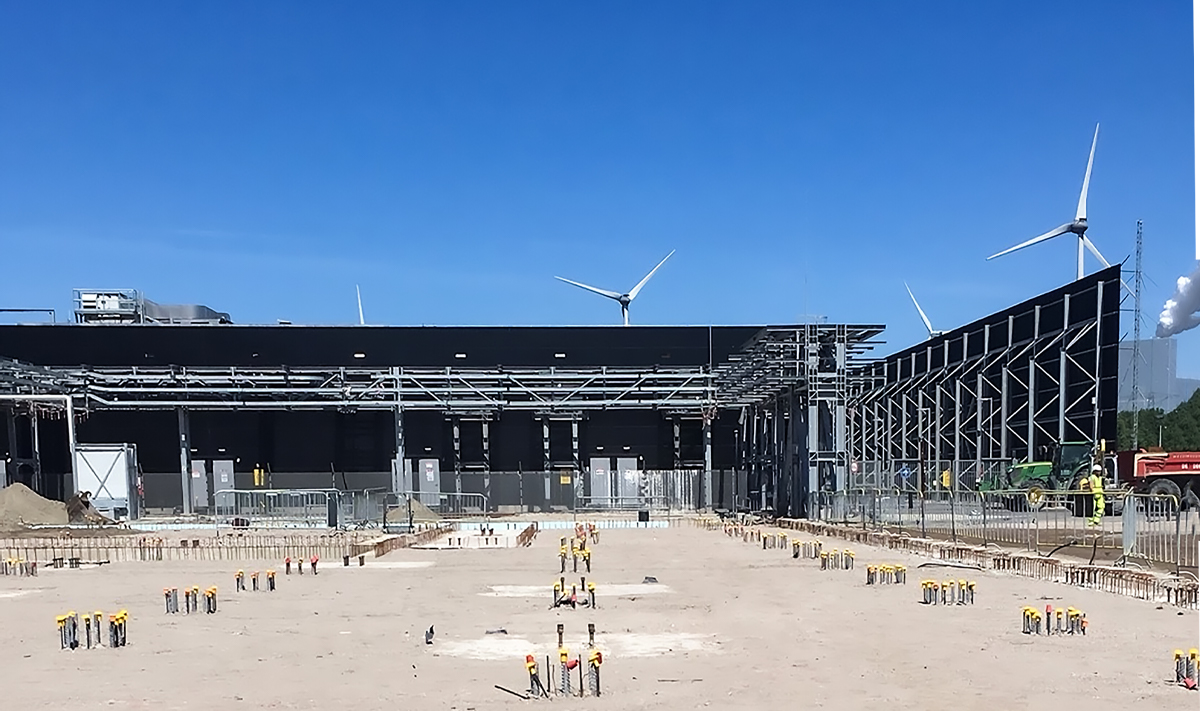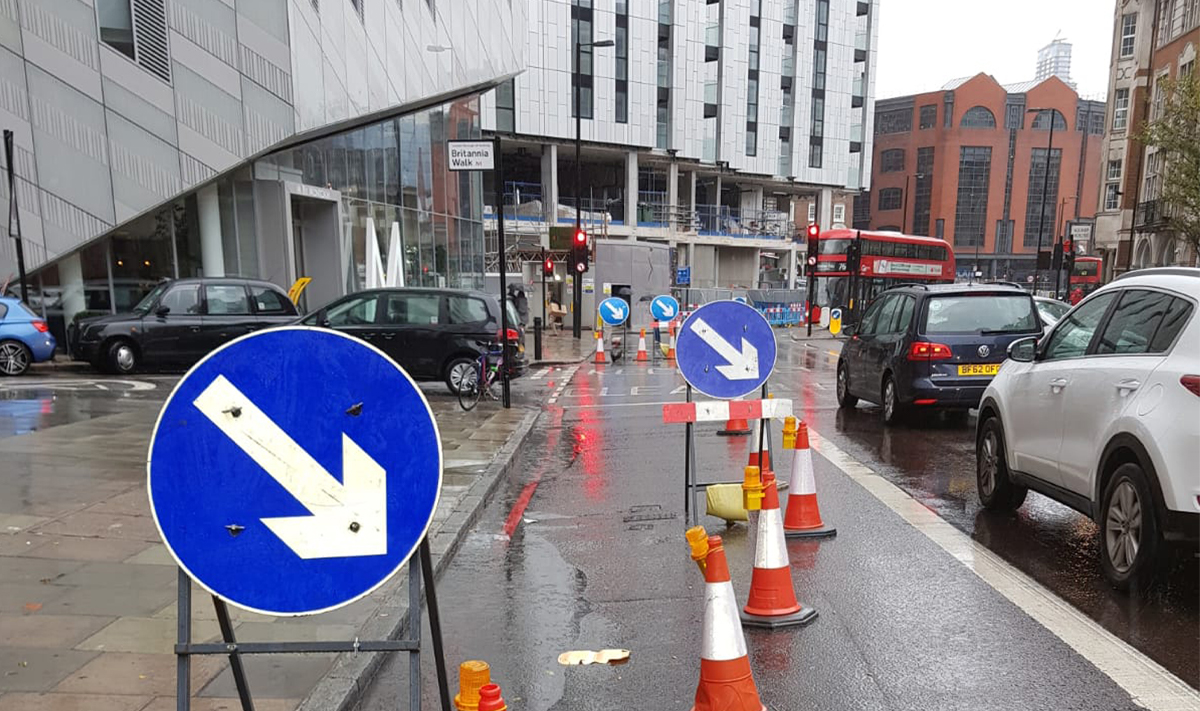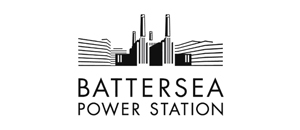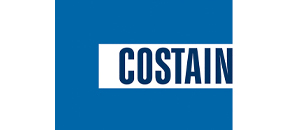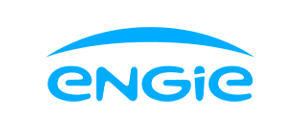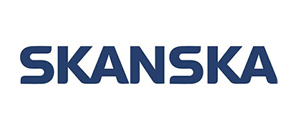blu-3 was engaged to design and install a watertight underground ductwork infrastructure to carry a large amount of power and data cables from substations and other external sources into a data centre in the Netherlands. The unique land constraints presented significant challenges.
The region of the Netherlands that housed the data centre is built on reclaimed land that lay 3.5 metres below sea level. Despite a robust and complex drainage system involving canals running off to a lake, the water table remained unusually high, while the old seabed itself was only 11 metres below ground. For this reason, the ductwork would need to lie in saturated ground. However, the unique way in which the subsurface water moved through the reclaimed land would cause the earth to move when the concrete chambers for the ductwork, which weighed up to 20 tonnes, were laid. This movement would create unpredictable differential settlement, potentially causing cracks and fissures to open up in the ducts over time and thereby allow an unacceptable level of water ingress.
The Netherlands works to a standard tolerance of water ingress into subsurface piping up to IP55 water resistance, which falls some way below fully waterproof. Because of this tolerance, typically the ducts would be laid with no sealing, allowing for a small amount of ingress. However, the client’s request for a watertight seal caused blu-3 to look for different solutions.
The on-site team’s initial plan was to prefabricate the duct chambers off site using standard mechanical seals and simply lay them. This approach was ruled out, as the seals would have been subject to differential settlement and liable to break after installation, along with an array of clever ideas to solve the problem.
After many concepts were ruled out, blu-3 sought to make an advance in the field of subterranean infrastructure via the design of a novel process for installing watertight cabling duct chambers in saturated ground, where routine solutions were ruled out by unpredictable deformation of the duct openings caused by hydrostatic pressure acting on the ducts (or by other contractors on the site) and by cracks in the ductwork caused by differential settlement.
The team sought to develop a two-step process for filling ducts with foam from the inside and designing and fabricating a range of novel mechanical seals made from stainless steel and rubber.
Technological uncertainty persisted in the following aspects of the project:
- It was not clear at the outset whether a foam filler would be capable and adequate to provide the integrity required to maintain a waterproof seal, irrespective of ground movement. During the project, furthermore specific technological uncertainties emerged:
- Foam fillers: It was not certain at the outset how to use a proprietary expanding foam product given that its seal worsened quickly over time, allowing for leaks where ducts had deformed.
- Mechanical seals: It was uncertain how to use mechanical seals given the deformation of the duct openings, which would normally mitigate against a tight seal.
To resolve these questions, the team designed a process for repairing the leaks, by drilling into existing filler, carefully avoiding the cables, then adding an extended hose and filling in from behind the seal, then scraping and refacing. This two-step process means Filoform can now be used where ducts have taken eccentric shapes.
For the mechanical seals, the team performed surveys of the infrastructure, made drawings, then worked in CAD to design a novel mechanical seal from a stainless steel Oring, drilled with four holes filled with rubber and a unique expanding rubber seal that would expand into the anomalous voids to create a solid seal.
Essentially the design attempted to reverse-engineer and replicate and appreciably improve upon the HaufmannTechniks plug by making it capable of sealing uneven duct shapes. The design and subsequent prototypes caused some materials wastage across the iterations, but R8-D ended when a working model was achieved.
The work took six months, but enabled blu-3 to transfer the learnings onto a second job allowing the team to evolve the prefabricated chamber they tried to use initially, so that in future, the prefab solution will come prepared for the constraints thanks to the R&D conducted in this project.
